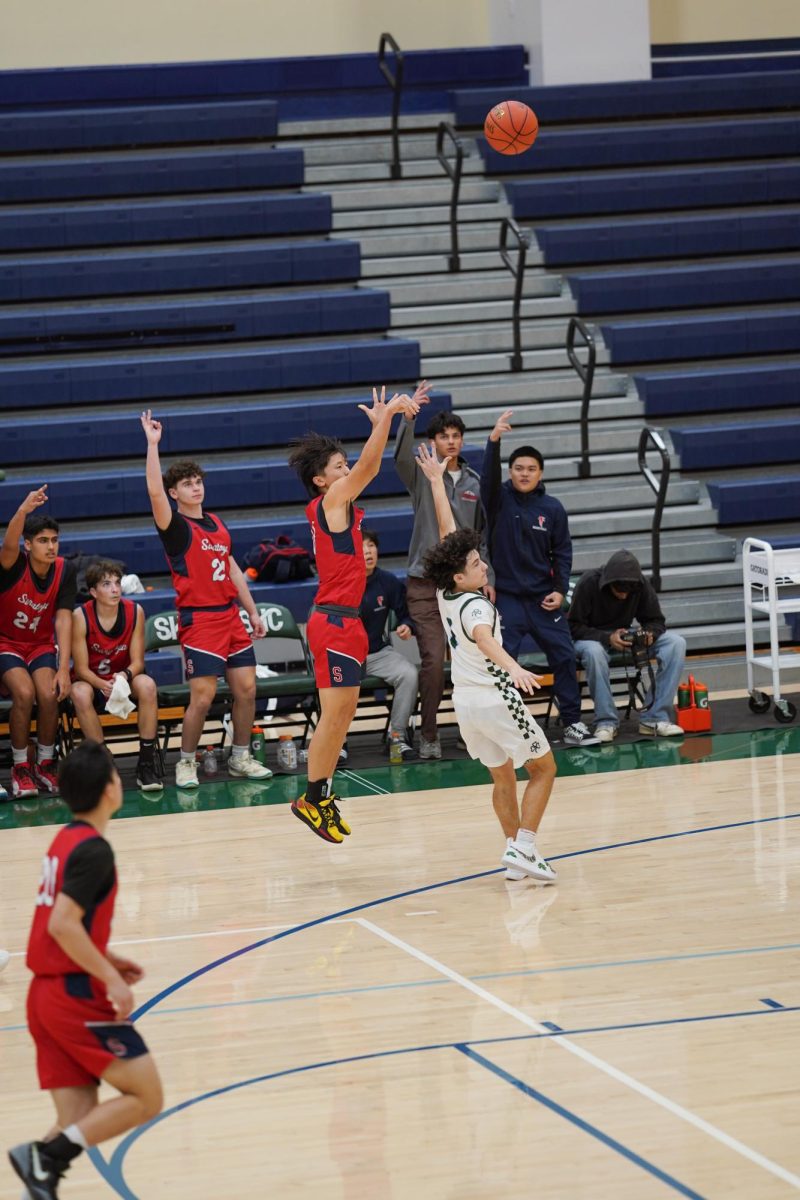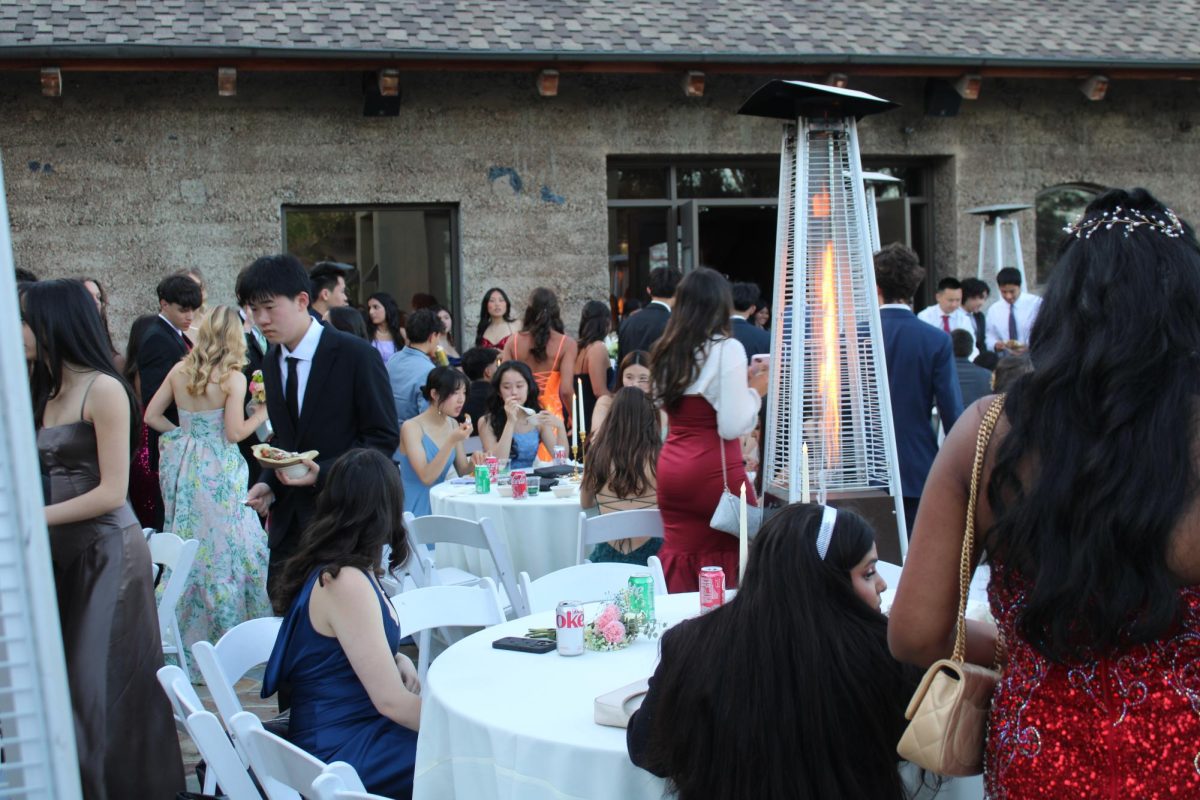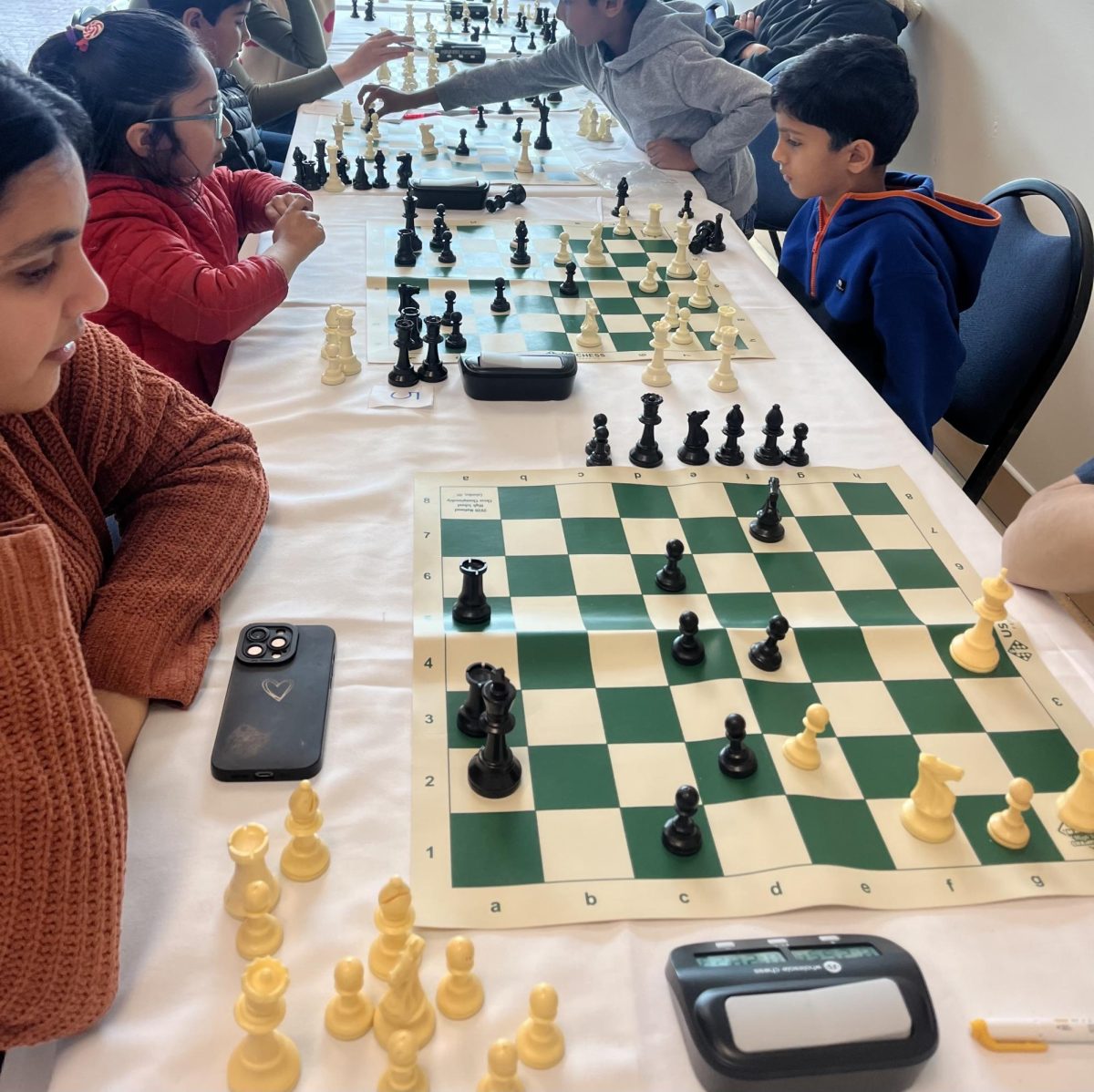Girls can be ASB presidents. Girls can be club officers. Girls can be valedictorians. Girls can be CCS champions.
Yet, for some reason, we still find the need to define a single dance for which it is deemed “normal” for the girl to ask a boy.
Because it suggests that a female taking dominance in terms of a social dance is atypical, the idea of Sadies emphasizes outdated gender norms and has insufficient backing to be included in a modern, egalitarian society.
In fact, the very origin of this dance is actually quite sexist. Sadie Hawkins was a character in a comic strip by Al Capp set in a fictional mountain village in Kentucky. Because Sadie was extremely ugly, she couldn’t land herself a husband. Desperate to prevent his daughter from becoming an old spinster, Sadie’s father called for a race of all the eligible bachelors in town.
When Sadie “caught” a man, he was legally bound to marry her. Sadie was able to take advantage of just one day in the year and choose a man she’d like to marry. Every other day of the year, it was only the man who enjoyed the power to ask someone out. Thus, Sadie Hawkins’ Day was born as a way to “empower” women to feel as if they had enough relevance to ask a man to a dance.
Although this day may have been “empowering” for women in the past, when there was still the social stigma of girls needing to wait for a boy to approach them, it is now almost insulting, implying that girls are usually “not allowed” to ask guys out and thus “not allowed” to be an equal figure in a relationship.
Considering the fact that Bay Area schools place such a large emphasis on closing the gender gap in STEM fields, it is surprising and disappointing that some students continue to support such a dance where the sexist implications are obvious.
The idea of any sort of labels regarding who should be asking whom simply emphasizes traditional and frankly archaic gender norms.
Having a specific dance to which the girls ask boys is no different than having a specific day on which girls can go to work or write code or sit in a calculus class. It is simply ridiculous, as girls can take these actions any day they would like and do not need a specific allocated day when they are “allowed” to do so.
Some individuals may compare the Sadies dance to programs like Girls Who Code, stating that if Sadies has sexist implications, then these programs do as well. However, it is important to understand that Sadies implies that in general, girls can’t ask boys out, whereas a program like Girls Who Code implies that for some reason, girls simply don’t code despite having the intellectual ability to.
For some girls, the idea of Sadies scares them from even considering asking a boy to other social dances. In their minds, if there needs to be a certain occasion where girls can ask others, then girls should technically not be doing so for other dances. Often times, this could discourage the girl from going to the dance in its entirety.
And yet, despite its sexist implications, Sadies has ample support from the student body. When the administration considered canceling the Sadies dance this year, several students spoke out and pushed ASB and Leadership to host this dance.
In no way do the negative implications of Sadies suggest that students who do go to this dance are supporters of sexist beliefs. Rather, as long as students make sure that they are not giving into this belief that only boys can be the ones asking, there is no harm in attending the dance and enjoying oneself. Already, the Dance and Spring Fling commissions have been making an effort to advertise the dance as one for friends rather than one to which girls must ask boys.
It is likely, however, that students do not necessarily support the idea of Sadies, as it has become fairly common for girls to ask boys to dances, but rather the idea of a social dance where students can come together and enjoy themselves.
Thus, instead of a Sadies dance, we should work to host a neutral, implication-free social gathering to which individuals can ask whomever they would like, regardless of their gender.
A dance labeled “Spring Spirit Dance” as opposed to Sadies would bring the best of both worlds: an enjoyable night for students without the sexist social implications.






























